How Belle The Hippo Survived Thanks To Her Caretaker During The Siege Of Leningrad
The Siege of Leningrad during World War II is remembered as one of the longest and hardest times in history, where almost a million people lost their lives to hunger, sickness, and bombings.
But even in this dark period, a beautiful story unfolded—one that wasn’t just about the brave people of Leningrad but also a special hippo named Belle.
Want to learn more about her miracle survival story? Keep reading!
The Siege of Leningrad

The Siege of Leningrad, now St. Petersburg, was one of the longest and deadliest sieges in history, lasting over 870 days from September 1941 to January 1944.
During this time, German forces surrounded the city, cutting off supplies, water, and food to its nearly 3 million inhabitants.
As the city endured constant bombardment and starvation, an estimated one million civilians perished from disease, malnutrition, and violence.
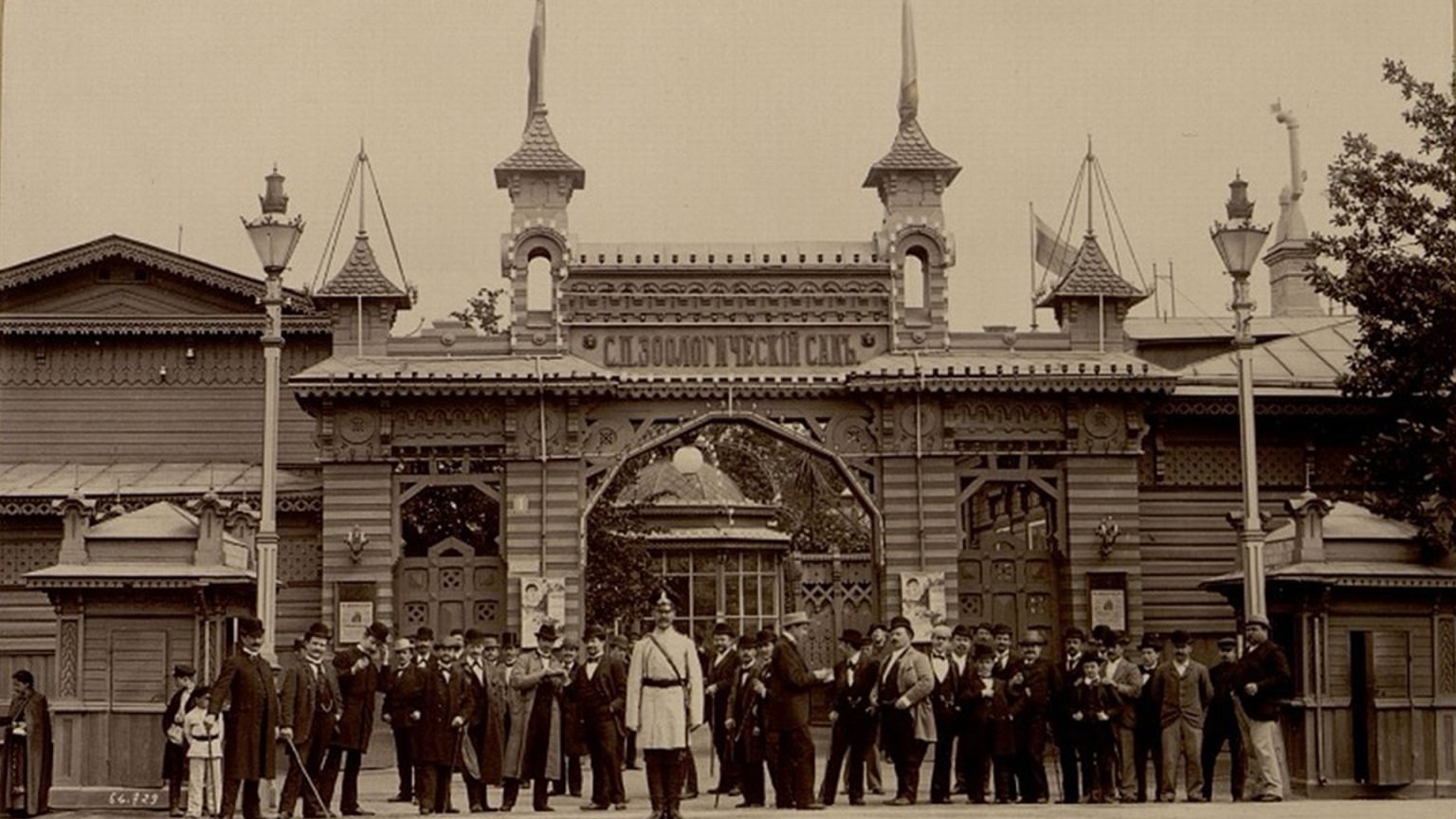
The Leningrad Zoo was home to 160 animals at the start of the siege, and the zoo faced impossible choices.
Many of its larger animals, including predators, had to be evacuated or euthanized to prevent them from escaping and posing a threat to the already beleaguered city.
Belle the Hippo
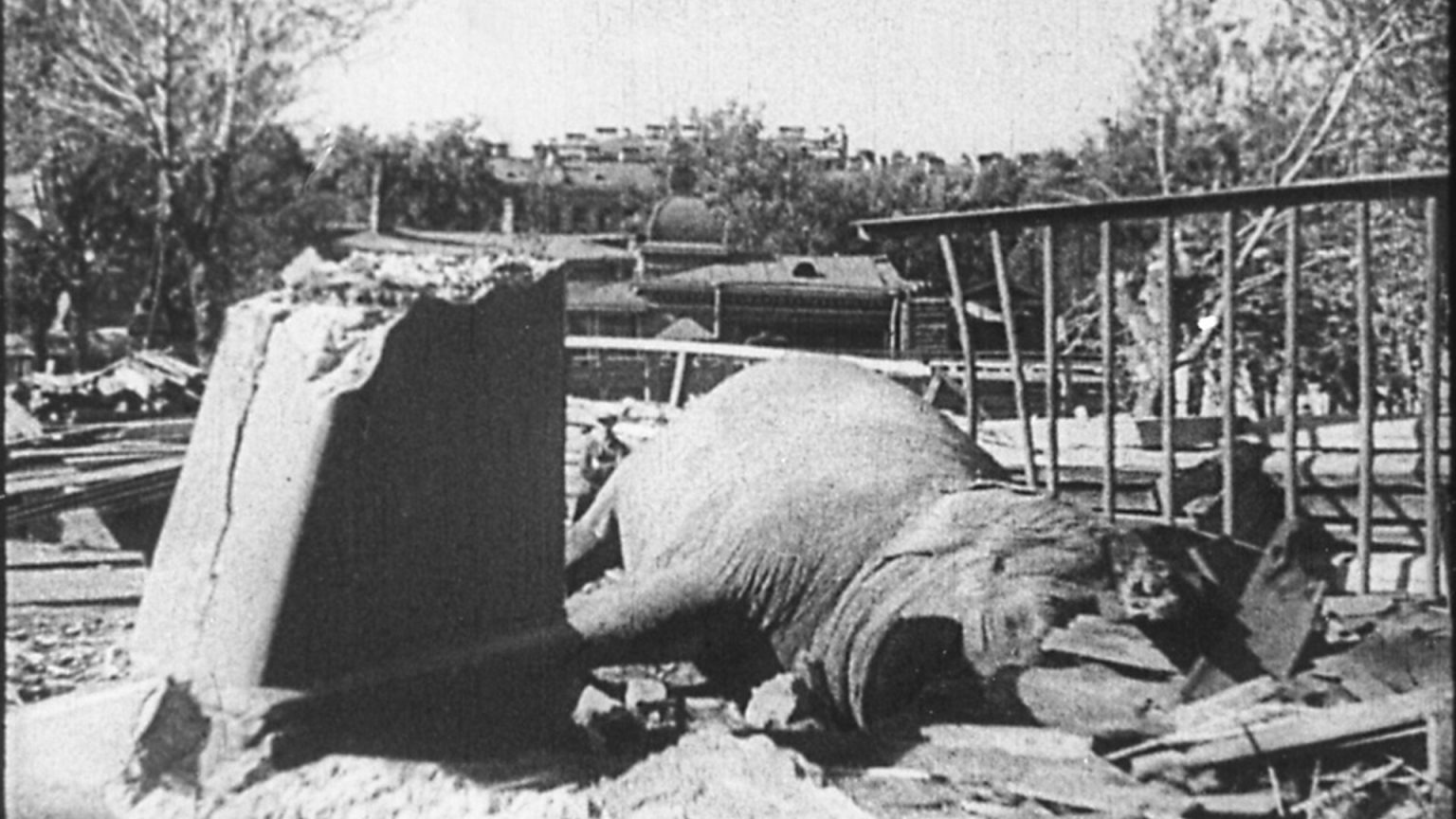
Among the animals that remained at the zoo was Belle, a pygmy hippopotamus. Belle had been a resident of the Leningrad Zoo since 1911, and as a hippo, she required an immense amount of water to stay hydrated.
Hippos, known for their sensitive skin, typically spend most of their time in water to avoid dehydration. Unfortunately, when German bombings destroyed the zoo’s infrastructure, including the water system, Belle’s pool dried up.
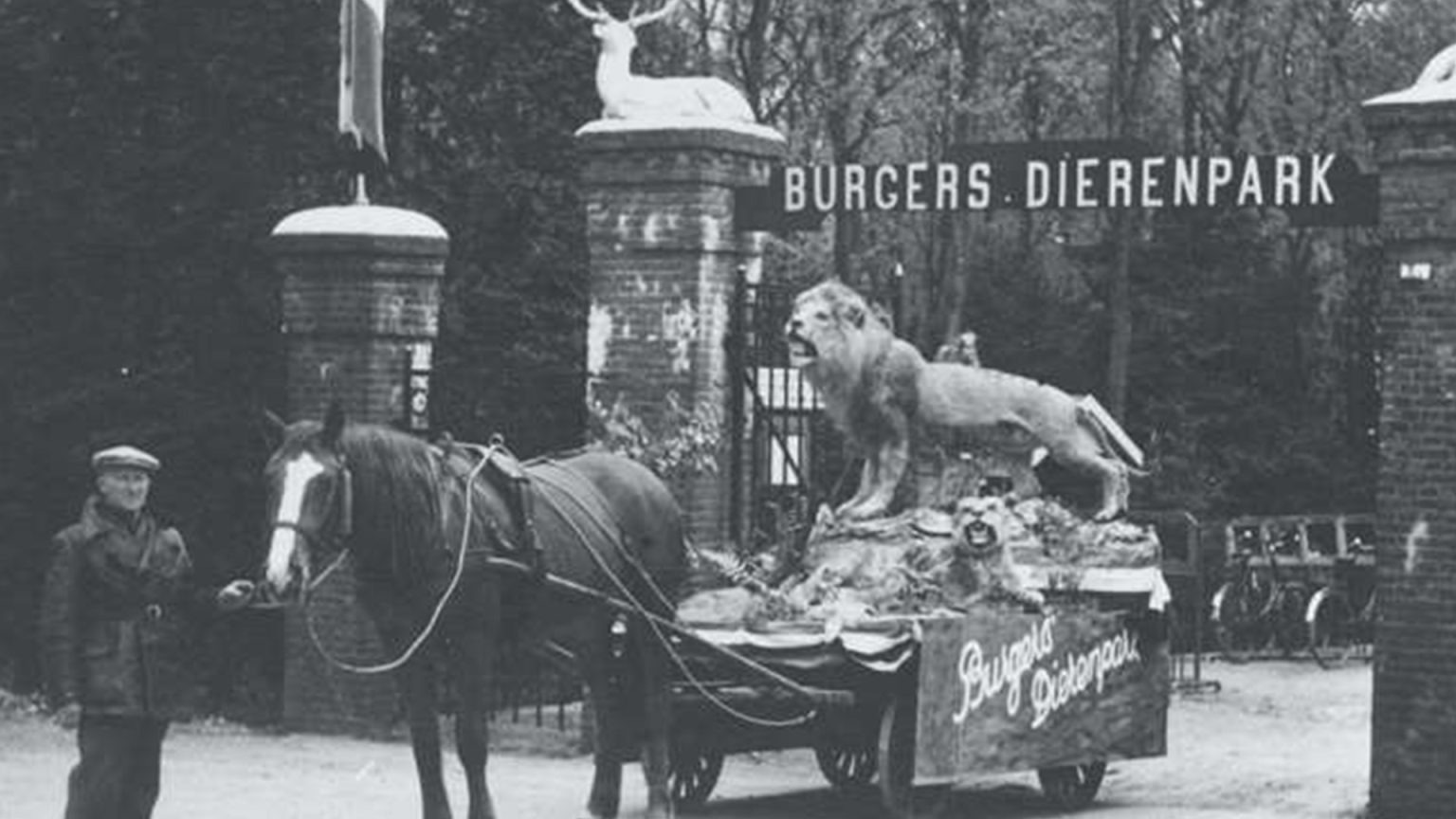
Without a steady water supply, Belle’s survival seemed impossible. That’s where Yevdokia Dashina, a zookeeper at the Leningrad Zoo, came in.
Each day, she risked her life by walking to the Neva River, filling a 40-liter barrel with water, and returning to the zoo to hydrate Belle.
Dashina’s daily routine became a heroic endeavor that kept Belle alive.
Extraordinary Care for Belle
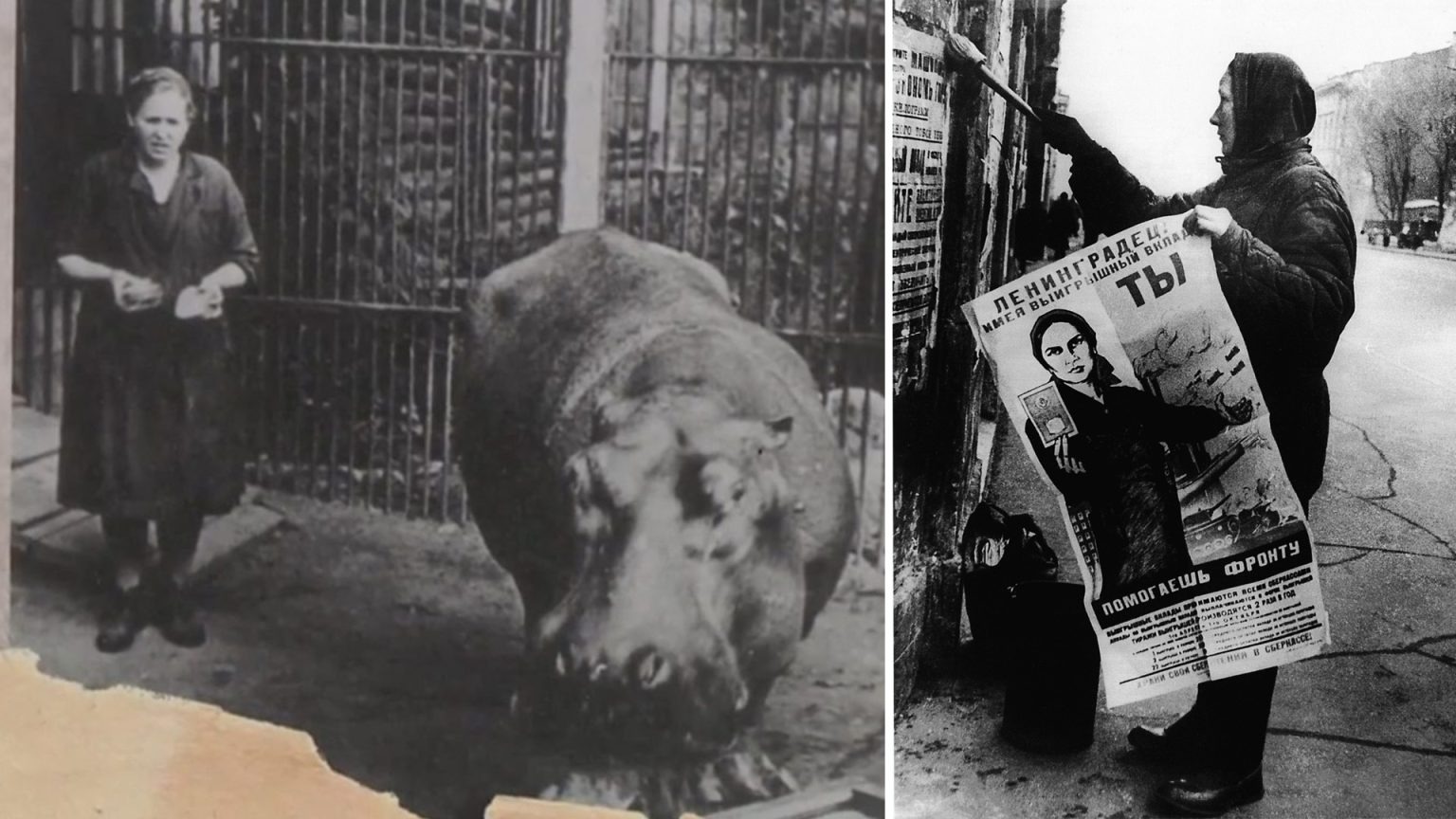
With the water from the Neva River, Dashina gave Belle daily sponge baths to ensure her skin remained moist. Additionally, she rubbed Belle’s body with camphor oil to prevent Belle’s skin from cracking in the dry air.
Along with her colleagues, Dashina stayed at the zoo during the siege, sleeping on-site and ensuring the other animals were fed and cared for.
The zookeepers had to improvise to feed the zoo’s carnivores, going so far as to stitch hay and vegetables into animal hides to trick the larger predators into eating.
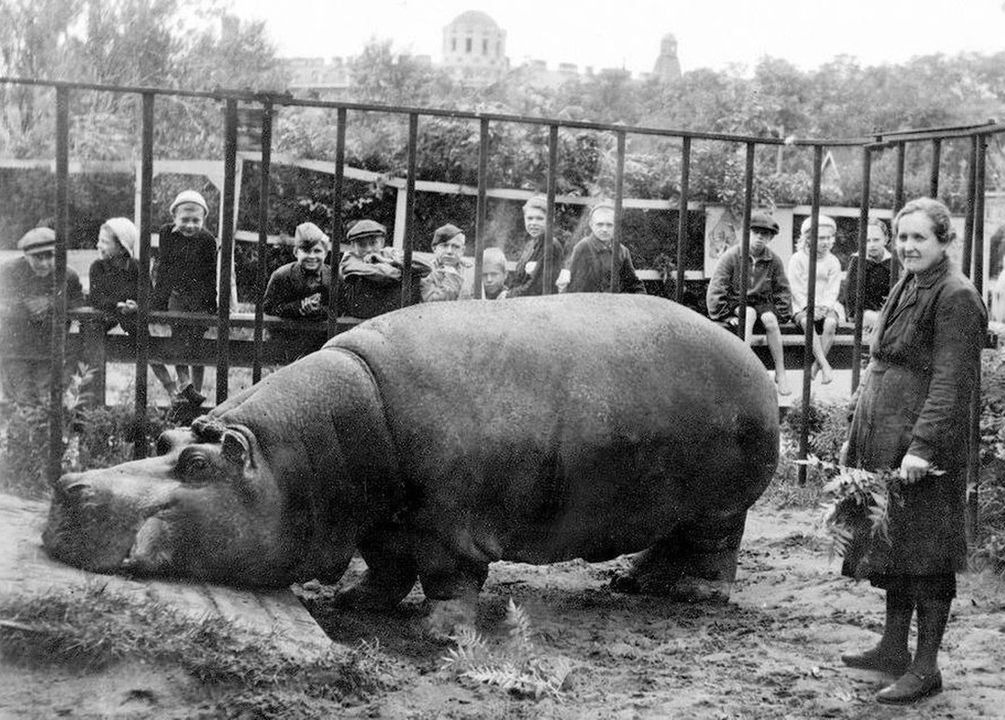
The survival of Belle and other animals in the Leningrad Zoo became a point of pride for the city. People donated what little they had—acorns, berries, potato peels, and turnip tops—to help feed herbivores like Belle.
When horses or dogs were killed during air raids, their remains were brought to the zoo to feed the carnivores.
The Sad Fate of Other Zoo Animals
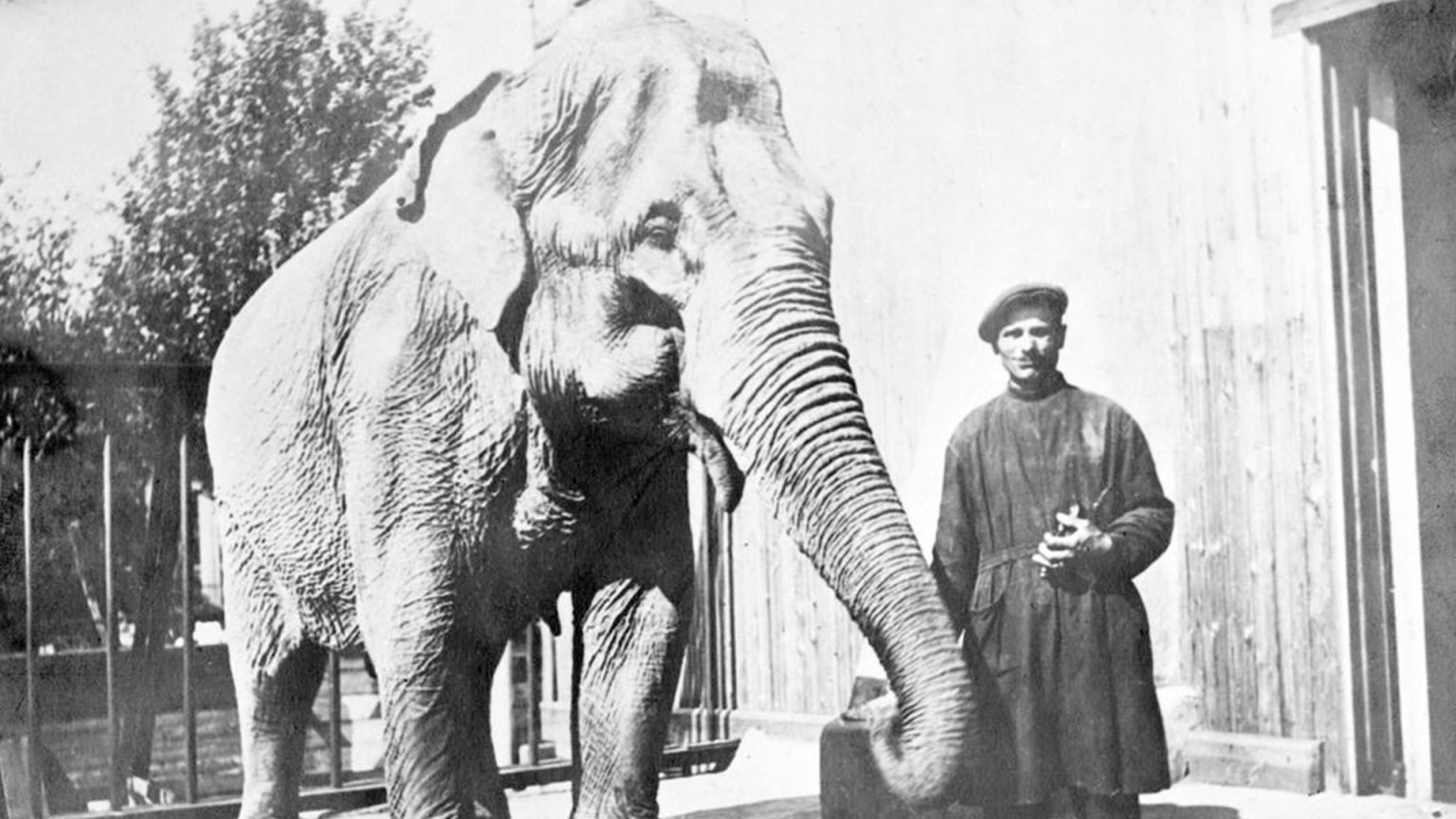
Not all animals at the Leningrad Zoo were as fortunate as Belle. On September 8, 1941, an air raid hit the zoo, killing Betty, an elephant who had been a resident since 1911.
Betty’s enclosure collapsed during the bombing, and despite efforts to rescue her, she succumbed to her injuries. Other animals also perished due to malnutrition, lack of medical care, and the harsh winter conditions.
After the Siege
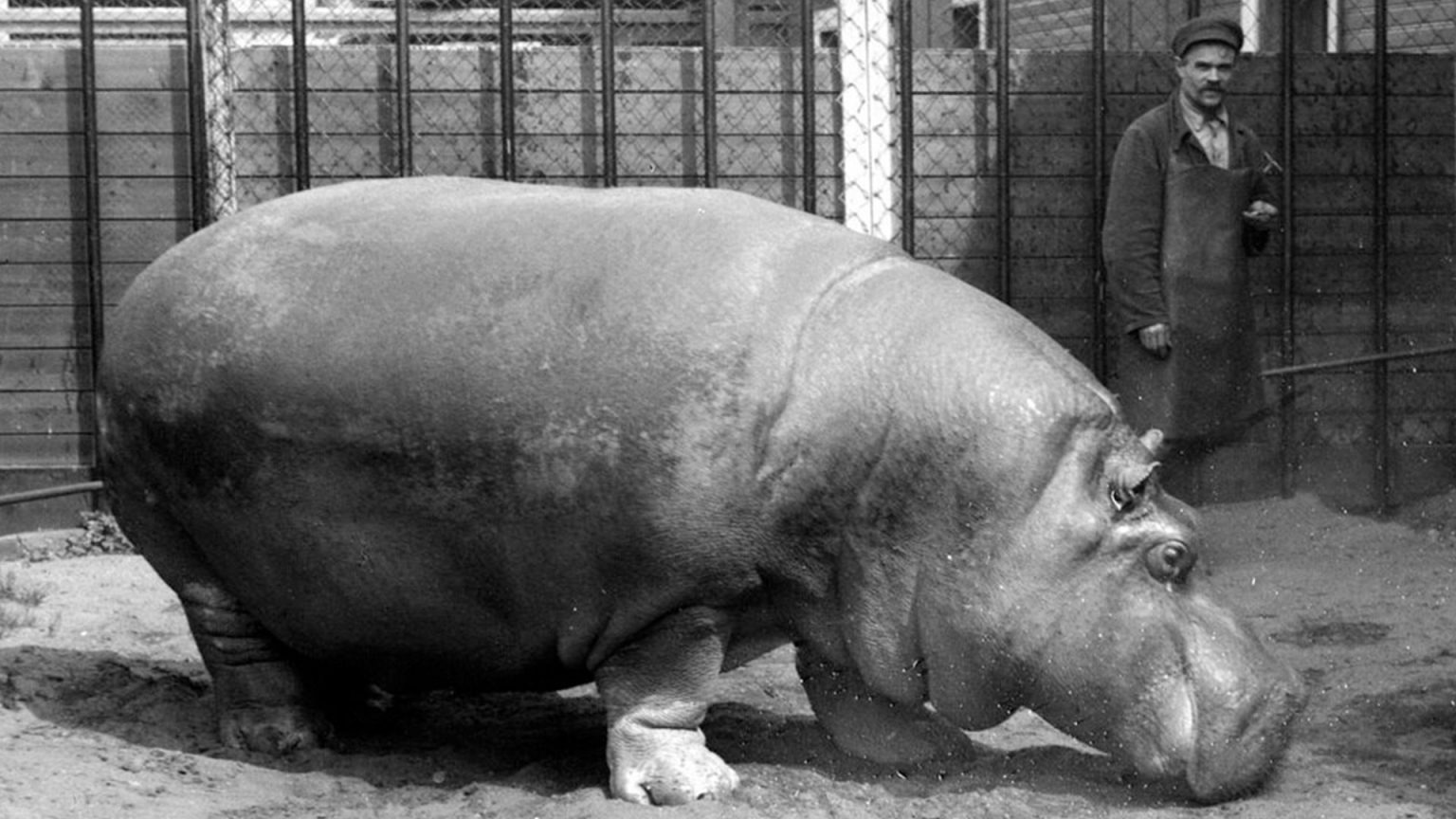
When the Siege of Leningrad was finally lifted in January 1944, the people of Leningrad celebrated their survival, and Belle the Hippo became one of the city’s symbols of perseverance.
The story of how she survived the war, thanks to the devotion of Yevdokia Dashina and the support of Leningrad’s citizens, became legendary.

